
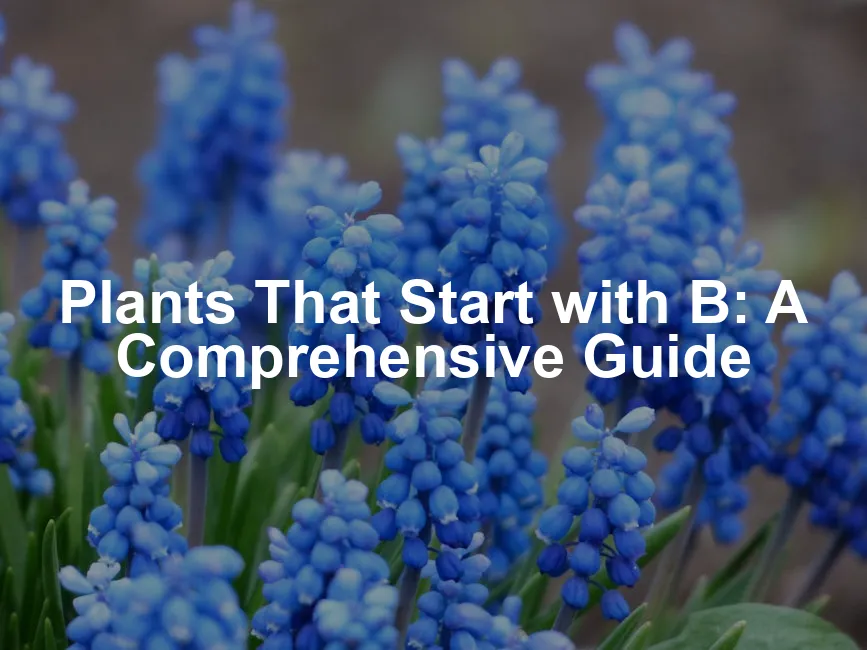
Plants That Start with B: A Comprehensive Guide
Introduction
Have you ever noticed how many beautiful plants start with the letter “B”? From vibrant flowers to lush shrubs, these plants enhance gardens and landscapes. They offer diversity and unique characteristics that are essential for gardening enthusiasts.
Speaking of enhancing your garden, why not start with some Baby’s Breath (Gypsophila) seeds? These delicate flowers are famous for their tiny white blooms and can add a charming touch to any arrangement. Plus, they’re easy to grow!
Summary and Overview
In this guide, we’ll uncover various plants that begin with “B.” You can explore an array of flowers, shrubs, trees, and herbs, each with unique traits and uses. We’ll discuss how these plants can elevate your garden, attract wildlife, and contribute to ecological balance. Understanding their care requirements will help you create a thriving green space. Whether you’re a beginner or a seasoned gardener, these plants have something valuable to offer.
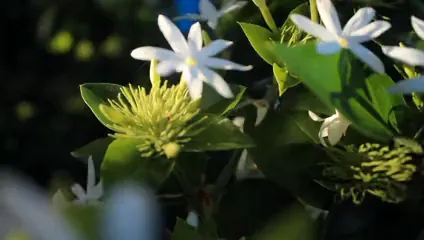
And if you want to take your gardening game to the next level, consider investing in a pair of gardening gloves. They protect your hands from dirt and thorns while giving you the confidence to dig deep into the soil!
Types of Plants That Start with B
1. Flowers That Start with B
Flowering plants play a crucial role in any garden. They add color, texture, and fragrance, making spaces more inviting. Here are some notable flowers that start with “B”:
- Baby’s Breath (Gypsophila): This delicate flower is famous for its tiny white blooms. It’s often used in floral arrangements, adding a touch of elegance.
- Begonia: Known for their vibrant colors and unique leaf shapes, begonias are versatile. They thrive in various conditions, making them perfect for gardens and indoor spaces.
- Balsam (Impatiens balsamina): With its trumpet-shaped flowers in various colors, balsam brightens any garden. Its easy cultivation makes it popular among gardeners.
- Black-eyed Susan (Rudbeckia): These cheerful flowers have bright yellow petals and dark centers. They attract butterflies and add a sunny vibe to landscapes.
- Butterfly Bush (Buddleja): This fragrant shrub produces long flower spikes, attracting butterflies and hummingbirds. It’s perfect for wildlife gardens and sunny spots.
These flowers each have unique characteristics. Most prefer well-drained soil and full sun, but some can tolerate shade. They are versatile for garden beds, borders, or as focal points in larger landscapes. Use them in floral arrangements to create stunning displays, especially for weddings and special occasions.
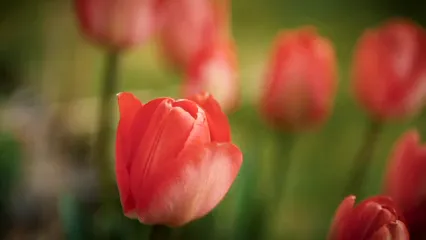
If you want to cultivate some of these beauties, don’t forget to grab Begonia plants. They’re not just pretty; they’re also easy to care for, making them perfect for beginners!
1.1. Unique Features of Selected Flowers
Let’s highlight some standout flowers starting with “B.”
Baby’s Breath (Gypsophila) features delicate clusters of tiny white or pink blooms. These flowers typically bloom from late spring to early fall. Their airy quality makes them popular in floral arrangements, adding a touch of elegance. They thrive in well-drained soil and require full sun for optimal growth.
Begonia is known for its vibrant colors and unique leaf shapes. Begonias bloom throughout the summer and into the fall. They prefer partial shade and well-drained soil. Regular watering is essential, but avoid waterlogging, which can harm the roots.
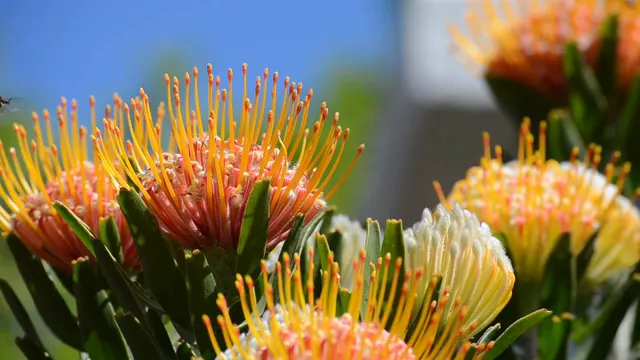
If you’re looking for more detailed insights into gardening, check out our raised bed gardening tips and tricks.
Balsam (Impatiens balsamina) stands out with its trumpet-shaped flowers in shades of red, pink, and white. This annual plant blooms from summer to fall and grows about 1 to 2 feet tall. Balsam enjoys partial shade and needs consistent moisture to thrive.
If you love bright colors, consider planting some Balsam seeds. They’re a gardener’s favorite for a reason—easy to grow and stunning to look at!
Black-eyed Susan (Rudbeckia) brings cheerful yellow petals with dark centers. These hardy flowers bloom from mid-summer to fall, attracting butterflies and beneficial insects. They prefer full sun and can tolerate various soil types.
Butterfly Bush (Buddleja) produces long spikes of fragrant flowers that attract butterflies. Blooming from summer to fall, it prefers full sun and well-drained soil. Regular pruning helps maintain its shape and encourages new growth.
Each of these flowers offers unique beauty and charm, making them excellent choices for any garden.
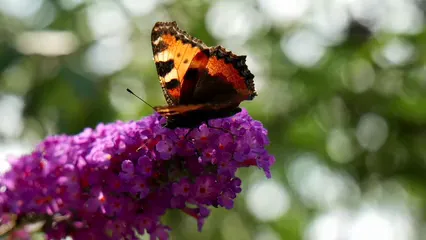
3. Trees That Start with B
Trees play a vital role in our environment. They provide oxygen, improve air quality, and support wildlife habitats. Additionally, trees contribute to soil health and help regulate temperatures. It’s no surprise that many trees beginning with “B” stand out for their unique characteristics and ecological benefits.
Birch (Betula) is known for its striking white bark. This tree typically reaches heights of 30 to 70 feet. It thrives in a variety of conditions, often found in forests and open areas. Birch trees are excellent at preventing soil erosion and provide food for various wildlife.
Next, we have the Baobab (Adansonia). Famous for its massive trunk, this tree can grow to over 80 feet tall and live for thousands of years. Found in Africa and Madagascar, the baobab is often called the “Tree of Life.” Its fruit is rich in vitamin C and is used in local diets.
Lastly, the Balsam Fir (Abies balsamea) is a popular choice for Christmas trees. This evergreen reaches heights of 45 to 75 feet and prefers cooler climates. Balsam firs are essential for maintaining biodiversity, offering shelter and food for numerous animals.
These trees not only beautify landscapes but also provide significant environmental benefits. By planting and caring for them, we can help sustain our ecosystems and enjoy their many advantages for years to come.

Enhance your tree planting experience with a Birch tree seedling. They’re not just pretty; they’re also great for the environment!
3.1. Tree Care and Maintenance
Caring for trees can be straightforward, especially when you know their needs. For Birch, ensure well-drained soil and full sun. Regular watering is essential during dry spells, as birches prefer moist conditions. Be aware of pests like birch borers and take action promptly if you notice them.
Baobabs require different care. These trees thrive in well-draining soil and full sun. They are drought-resistant but benefit from occasional watering during dry seasons. Watch for signs of rot at the base, as this can be a concern in overly wet climates.
For Balsam Fir, ensure they have plenty of water, particularly in the first few years after planting. They prefer slightly acidic soil and partial to full shade. Protect them from pests like aphids and spruce budworms by monitoring closely.
By understanding each tree’s specific needs, you can help them flourish and contribute positively to your garden’s ecosystem.
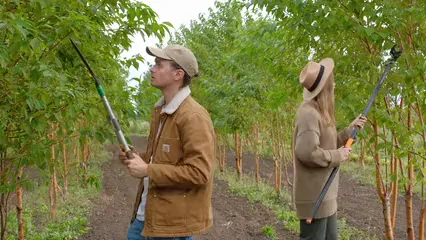
4.1. Harvesting and Usage Tips
When it comes to harvesting herbs that start with “B,” timing is crucial. For basil, pick leaves before the plant flowers for the best flavor. Cut the stems just above a leaf node to encourage growth. Borage can be harvested when the flowers bloom. Snip the flowers and leaves throughout the summer for culinary use.
Preserving these herbs can enhance your culinary adventures. Drying is a popular method. Hang bunches upside down in a cool, dark place. Once dried, store in airtight containers. Freezing is another effective technique. Simply chop the leaves and place them in ice cube trays filled with water. Once frozen, transfer to bags for later use.
Culinary applications for these herbs are vast. Basil shines in Italian dishes, pesto, and salads. Borage flowers add a unique touch to salads and cocktails. Their cucumber-like flavor makes them refreshing. Use both creatively to elevate your dishes and impress your guests.
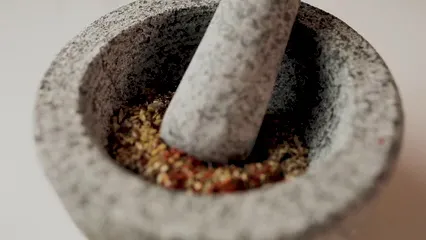
Don’t miss out on growing your own herbs! Grab some basil seeds today and enjoy fresh flavors right from your garden!
5. Unique Plants and Lesser-Known Species
The plant kingdom is full of hidden gems. Let’s spotlight a couple of unique plants that start with “B.”
First up is the Bletilla striata, commonly known as the Ground Orchid. This perennial is celebrated for its stunning purple flowers. It blooms in spring and summer, creating a beautiful display. Ground Orchids thrive in well-drained soil and partial shade, making them ideal for woodland gardens. They’re also deer-resistant, which is a bonus for gardeners!
Next, consider Baptisia, often referred to as False Indigo. This hardy perennial is known for its striking blue to purple flowers. It can reach heights of 3 to 4 feet and blooms in late spring. Baptisia is drought-resistant and thrives in full sun, making it perfect for low-maintenance gardens. Plus, its unique foliage and seed pods add interest even after flowering.
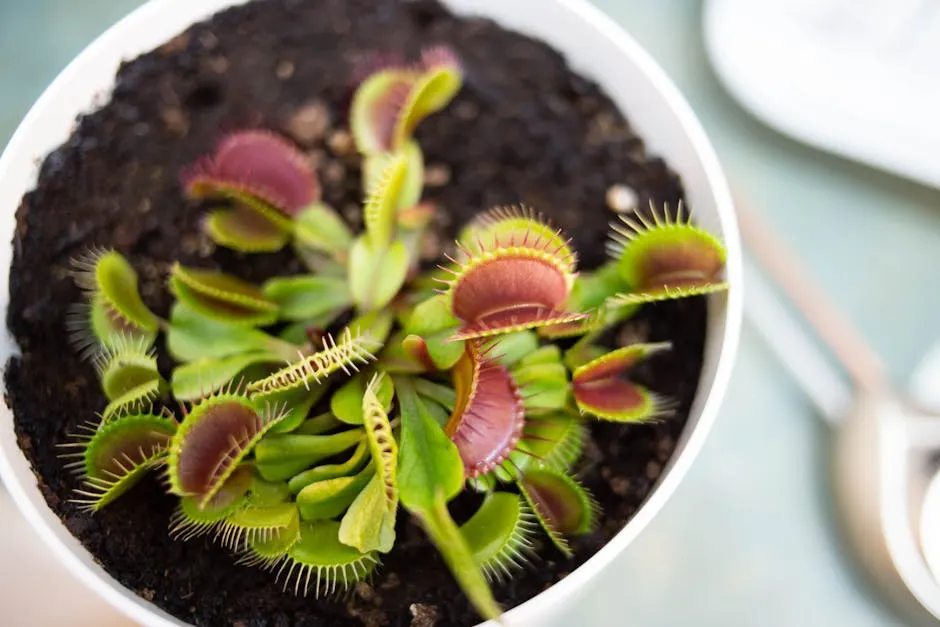
Both Bletilla and Baptisia serve as excellent choices for specialty gardens. They not only enhance visual appeal but also attract pollinators, contributing to a thriving ecosystem. Incorporating these lesser-known species can elevate your garden’s charm and biodiversity.
If you want to dive deeper into gardening, consider getting a plant care guidebook to help you navigate the complexities of gardening!
FAQs
What are some common flowers that start with B?
A few popular flowers begin with the letter “B.” **Baby’s Breath (Gypsophila)** features delicate white or pink blooms, often used in bouquets. **Begonia** is known for vibrant colors and unique leaf shapes. Other notable mentions include **Balsam (Impatiens balsamina)**, which presents trumpet-shaped flowers, and **Black-eyed Susan (Rudbeckia)**, characterized by its yellow petals and dark center. The **Butterfly Bush (Buddleja)** attracts pollinators with its fragrant spikes.
How do I care for plants that start with B?
Caring for these plants is generally straightforward. Most flowering plants prefer well-drained soil and full sun. For **Baby’s Breath**, ensure it gets plenty of sunlight and avoid overwatering. **Begonias** thrive in partial shade and need regular watering but dislike soggy soil. **Balsam** requires consistent moisture and can tolerate partial shade. **Black-eyed Susans** enjoy full sun and are drought-resistant once established. **Butterfly Bushes** thrive in sunny spots with well-drained soil and benefit from regular pruning.
Are there any edible plants that start with B?
Yes, several edible plants start with “B.” **Basil (Ocimum basilicum)** is a popular herb used in many culinary dishes. It thrives in warm weather and needs plenty of sunlight. Another edible plant is **Borage (Borago officinalis)**, known for its star-shaped blue flowers that are edible and often used in salads or drinks. These plants not only enhance your meals but also attract beneficial pollinators to your garden.
What is the significance of plants starting with B in gardening?
Plants starting with “B” play vital roles in gardening. They enhance aesthetics with vibrant colors and unique forms. For instance, **Black-eyed Susans** attract butterflies, boosting biodiversity in your garden. **Basil** and **Borage** add culinary value while supporting local ecosystems. Each plant contributes to ecological balance by attracting beneficial insects and providing habitats for pollinators. Incorporating these plants can create a lively and diverse garden.
Can I grow these plants indoors?
Yes, many plants starting with “B” can thrive indoors. **Begonias** are excellent choices for indoor pots, as they adapt well to lower light conditions. **Basil** can grow on sunny windowsills, providing fresh herbs for your kitchen. **Borage** can also be grown indoors, though it prefers a bright spot. Ensure proper drainage and avoid overwatering to keep these plants healthy in an indoor environment.
Please let us know what you think about our content by leaving a comment down below!
Thank you for reading till here 🙂 And before you go, check out some organic fertilizer options to give your plants a little extra love!
All images from Pexels



